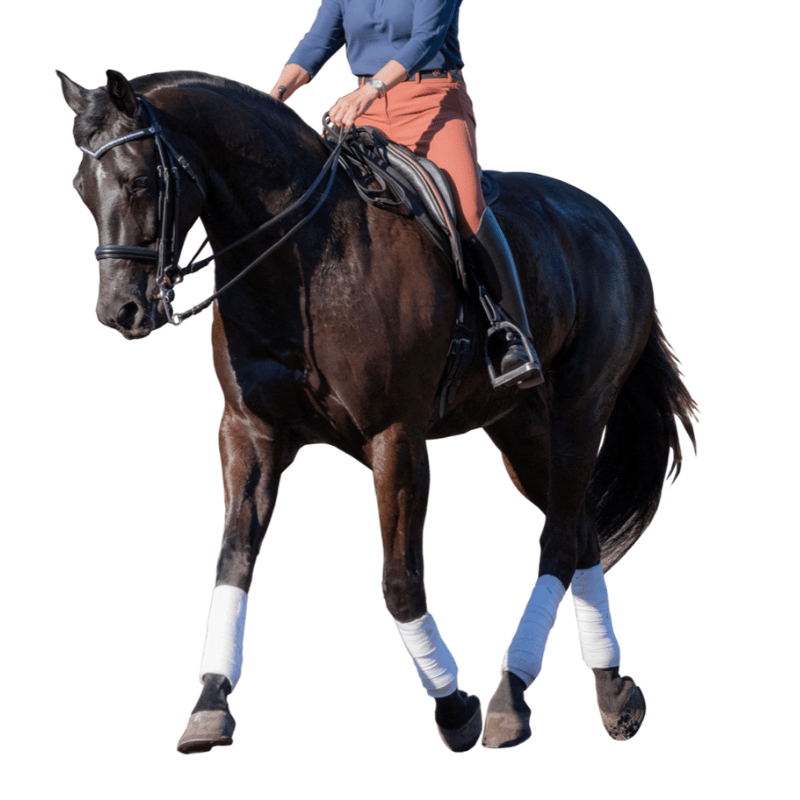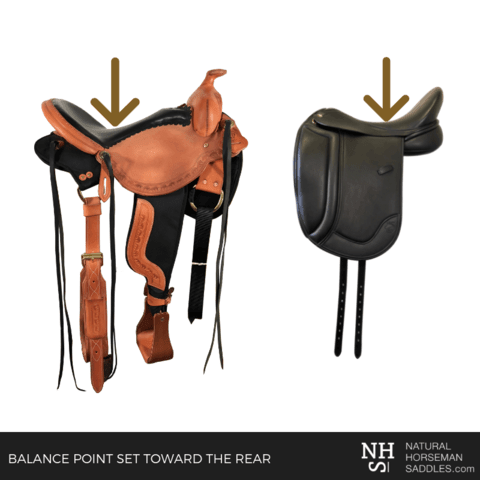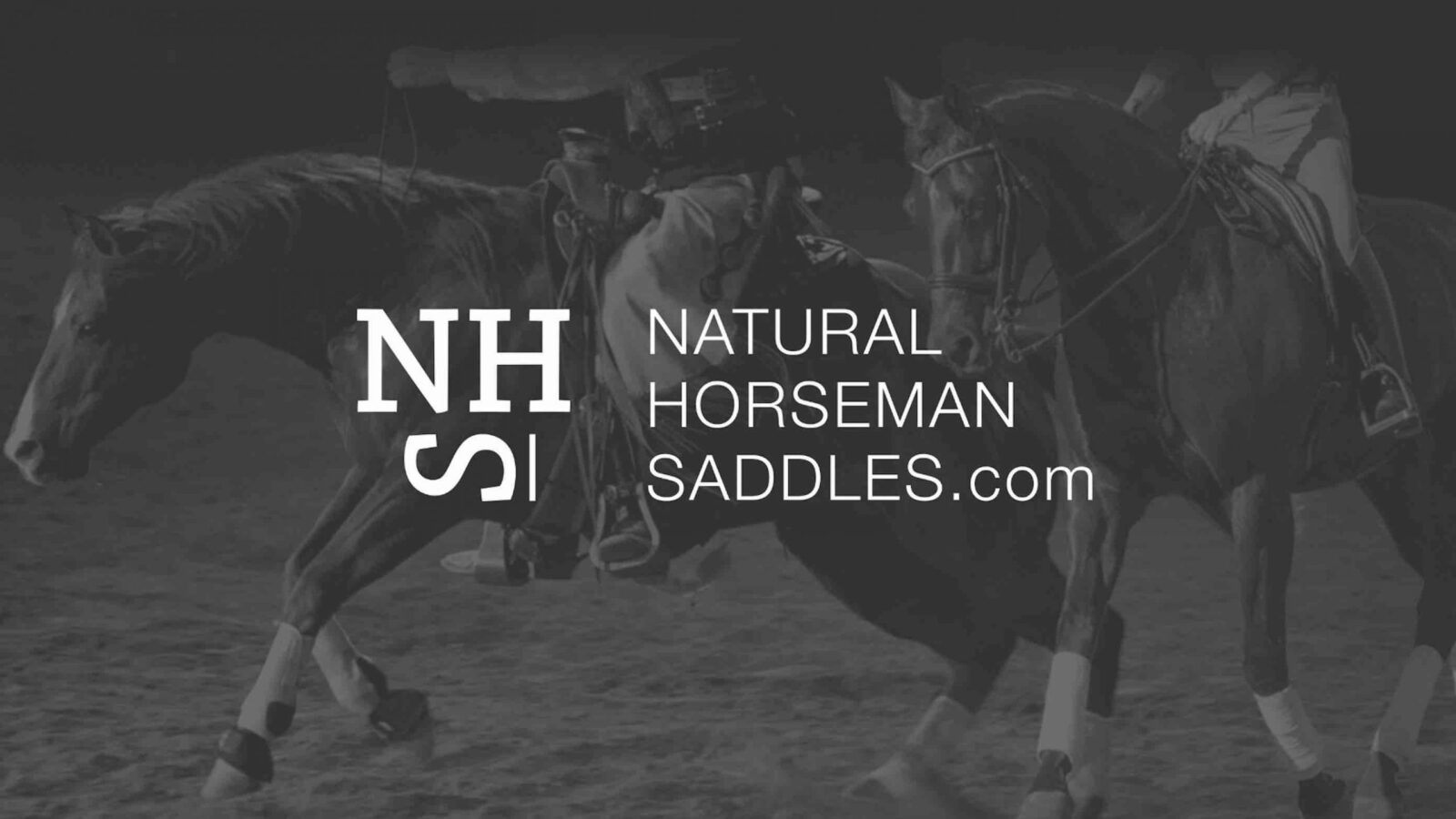
A four-part series… by Letitia Glenn
BALANCE POINT POSITION ACCESS…
Principle Number 2
Why does the balance of the saddle matter?
Because where the rider’s weight is most concentrated and how they are postured will influence the ability of the horse AND rider to use their bodies efficiently. This is where “harmony” and “happiness” is possible.
Ideally, you’ll want to keep the horse from being heavy on the forehand by eliminating shoulder restriction, facilitating the trunk and back. and setting things up so powerful hindquarters can drive travel from deep underneath.
This enables the strongest musculoskeletal areas to be accessed efficiently, including the head and neck for balance at all gaits.
A healthier, happier horse results from efficient biomechanics.

Horses should be able to tip their weight ‘up and back’ while traveling, rather than pounding heavily downward on the front end. A shim can lift the front of your saddle just enough to help make that happen.

A correct balance-point in a saddle enables lightness and elevation because excess rider weight can be off the horse’s forehand, while the rider remains seated in balanced posture.
Stretching out of the head and neck, contraction of the abdominal muscles, hindquarters reaching deep underneath, lifting and bowing upward of the back are all made possible for a horse when the saddle does not trap the shoulders nor along the spine.
The powerful engine of a horse’s rump can only work efficiently when the saddle doesn’t restrict its front end and the middle.
True ‘Collection’ – that elusive posture craved by so many, is only possible when the saddle doesn’t get in the way and the rider is balanced, with enough skill to ask for it. Yep. Balance is a key factor in it all.
***Keep in mind, horses with withers higher than croup may need less lift to help balance the saddle. Using a thinner shim may be effective here. Horses with croup higher than withers may need more shim: perhaps a thinner shim in addition to a regular shim. (check in with us if you’re uncertain about how to gauge this for your horse).
You don’t want the saddle tipped up and back too far, as this will create too much pressure behind the saddle.
The correct balance point of the saddle is evident when the lowest part of the seat is set toward the rear of the seat, but not too far back…
See our video on balancing your saddle to understand this concept further.
Stay tuned for the final part of this 4 part series…
PRINCIPLE 3 of SHIMMING –Muscle Atrophy
We explore how shimming can replace muscles that are underdeveloped and create a lovely even contact under the saddle.
Be sure to follow this blog and receive updates direct to your inbox!
If you have any questions in the meantime, be sure to email [email protected] or visit our website www.naturalhorsemansaddles.com

